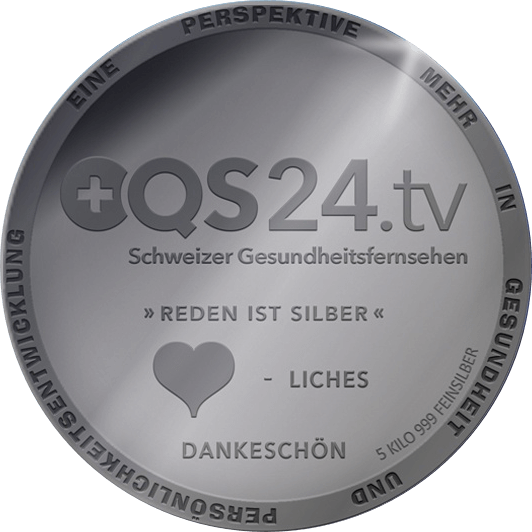Indiba (Local hyperthermia)
This method has been known since several years. Two isolated metal plates are brought between two points of the human body in order to use it as a dielectric element. However, this system has several disadvantages and involves a major problem. It works with very high frequencies and the results achieved do not justify its use. ''Electric Capacitive Transference'' (ECT) of Indiba is however a completely new method which works on the basis of the functional principal of profound hyperthermia using an isolated metal electrode. The current flows from the apparatus over the electrode through the metal part A (see the diagram) to point B, i.e. into the lower part of the electrode. Over the lower circular surface, the current is carried over capacitive paths since the electrode remains separated from the tissue through isolation C. Tissue D acts as the second plate here and plays the role of a capacitor since numerous factors of resistance developed by the tissue combine on base of high inner conductivity.
External sources of heat (sun, fire, warm bottles, radiators etc.) rely on the conductivity of the skin. These lead, however, to drying up and dehydration of the skin. The complications afterwards include varicosities and reduced blood and lymph circulation. As a result, these heat sources are contraindicated after operations for scars, skin problems, varicosities, tumours, rectum etc.
The frequencies used in case of the Indiba-System are very similar to those of an electronic scalpel due to which the problems mentioned above do not arise. The heat is not conducted and rather acts through transformation of electrical energy into temperature and is hence the treatment is also known as depth thermal treatment. Every cell of a human tissue acts as an electrical insulator. This sometime leads to an increased temperature of the body, a condition which is also known as ''local fever''. Fever is a naturally and automatically stimulated reaction of the body. It activates the natural defence mechanisms of the body against infections and other interventions. Tumour cells are very much heat sensitive. If they are exposed for a long time to a ''fever'', they may start to disappear. An increased temperature is always tolerable for the body and never has any side effects.
Application
The area of the body that has to be treated is rubbed with a handle which serves as an electrode. An ultraviolet gel is applied on the skin which helps prevent friction and eases circular movements. A metal plate is placed on the opposite side of the body. Between both these plates, heat is released. This treatment lasts for around 15 minutes. After this, another electrode is used for further 15 minutes and this helps activate the lymphatic system.
Some indications
- Joint pains
- Rheumatic pains
- Numbness in the limbs
- General internal and external pain
- Loss of hair
- Eczema
- Oedema
- Cervical syndrome
- Lung disorders
- Paralysis of the face
- Tumours
Most important biological changes
- Noticeable improvement in blood and lymph circulation
- Improved absorption of nutrients and oxygen
- Drop in the acidity of cells
- Increase in body temperature
- Increase in cellular activity
- Increased excretion of toxic catabolic wastes




